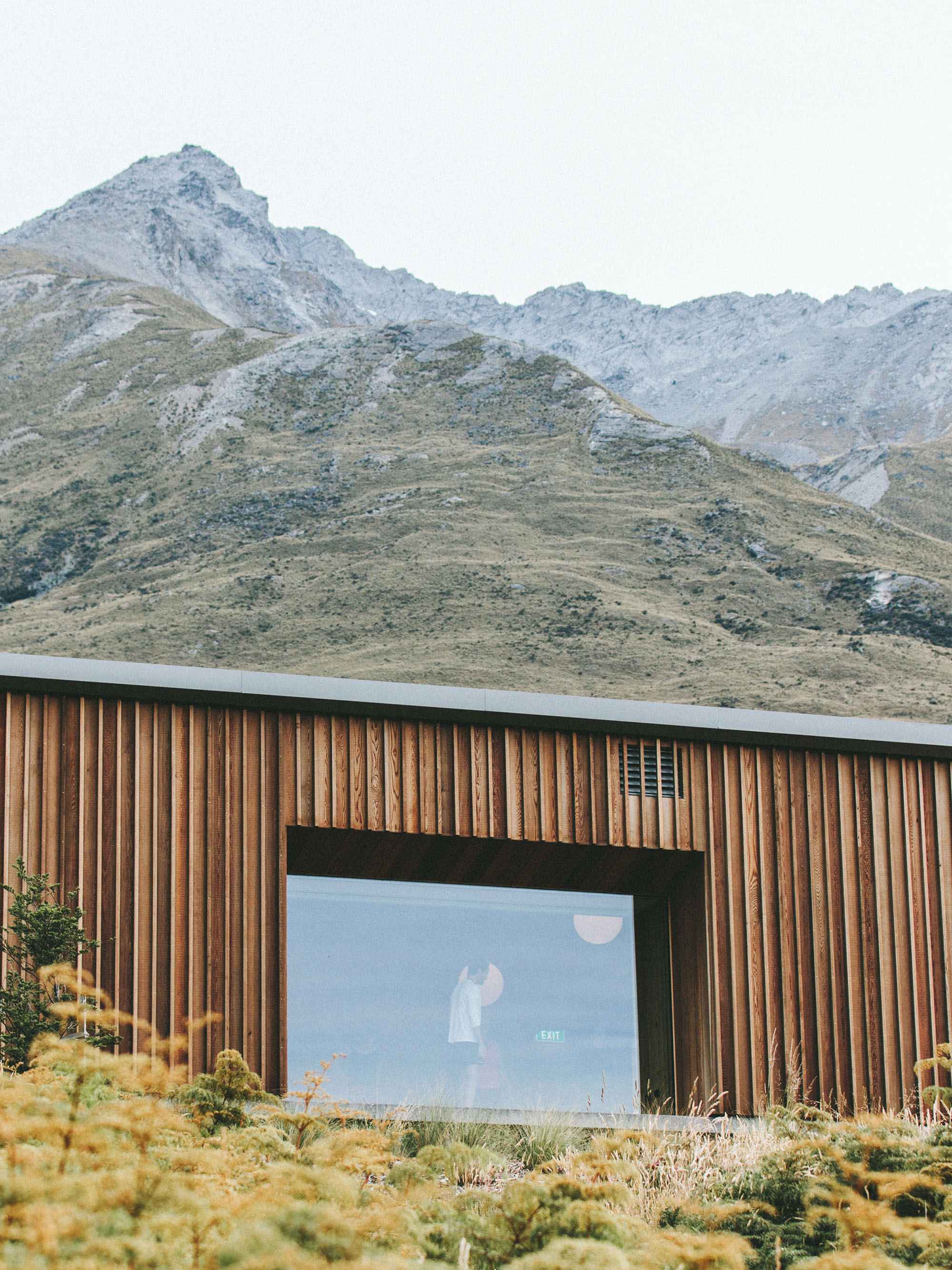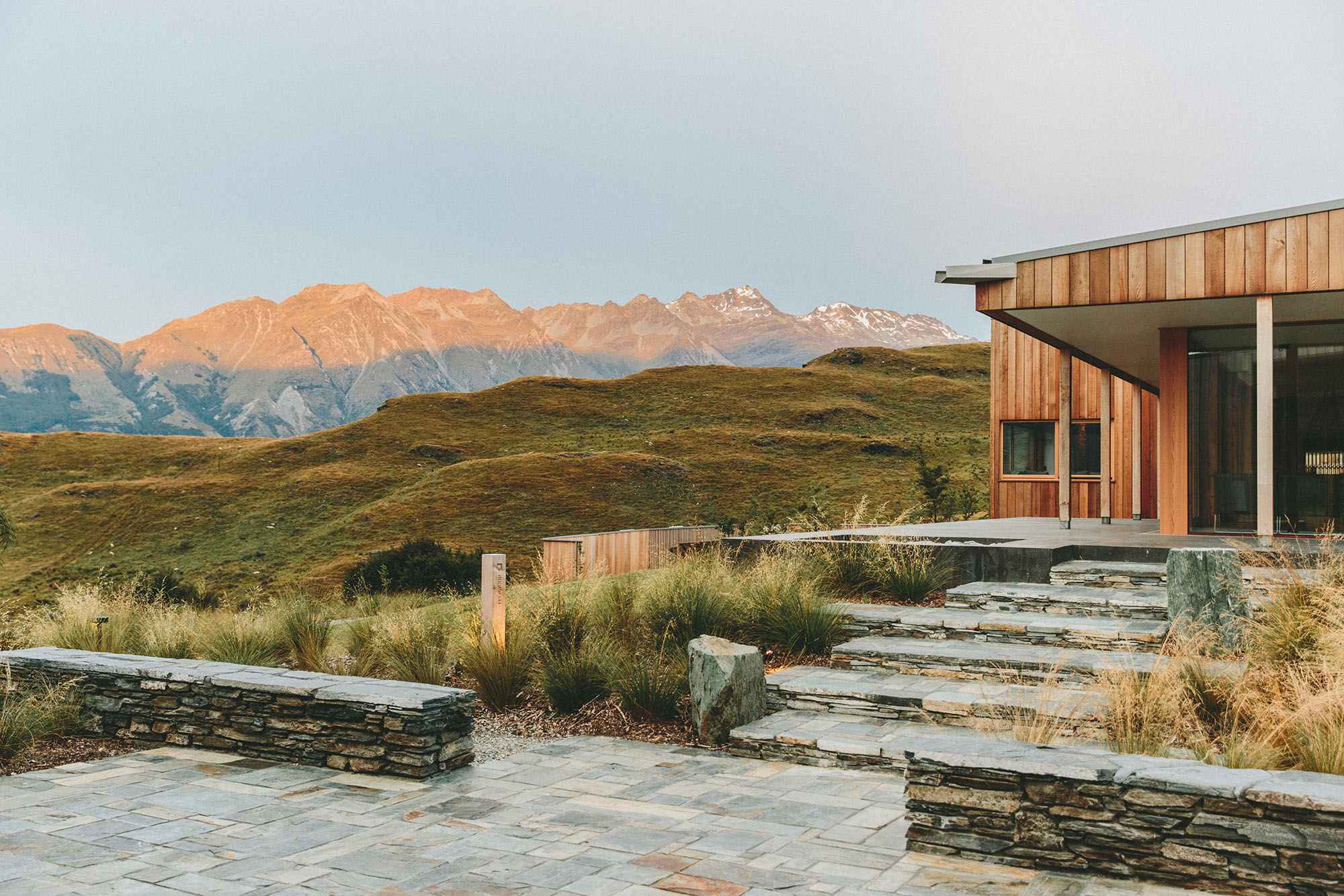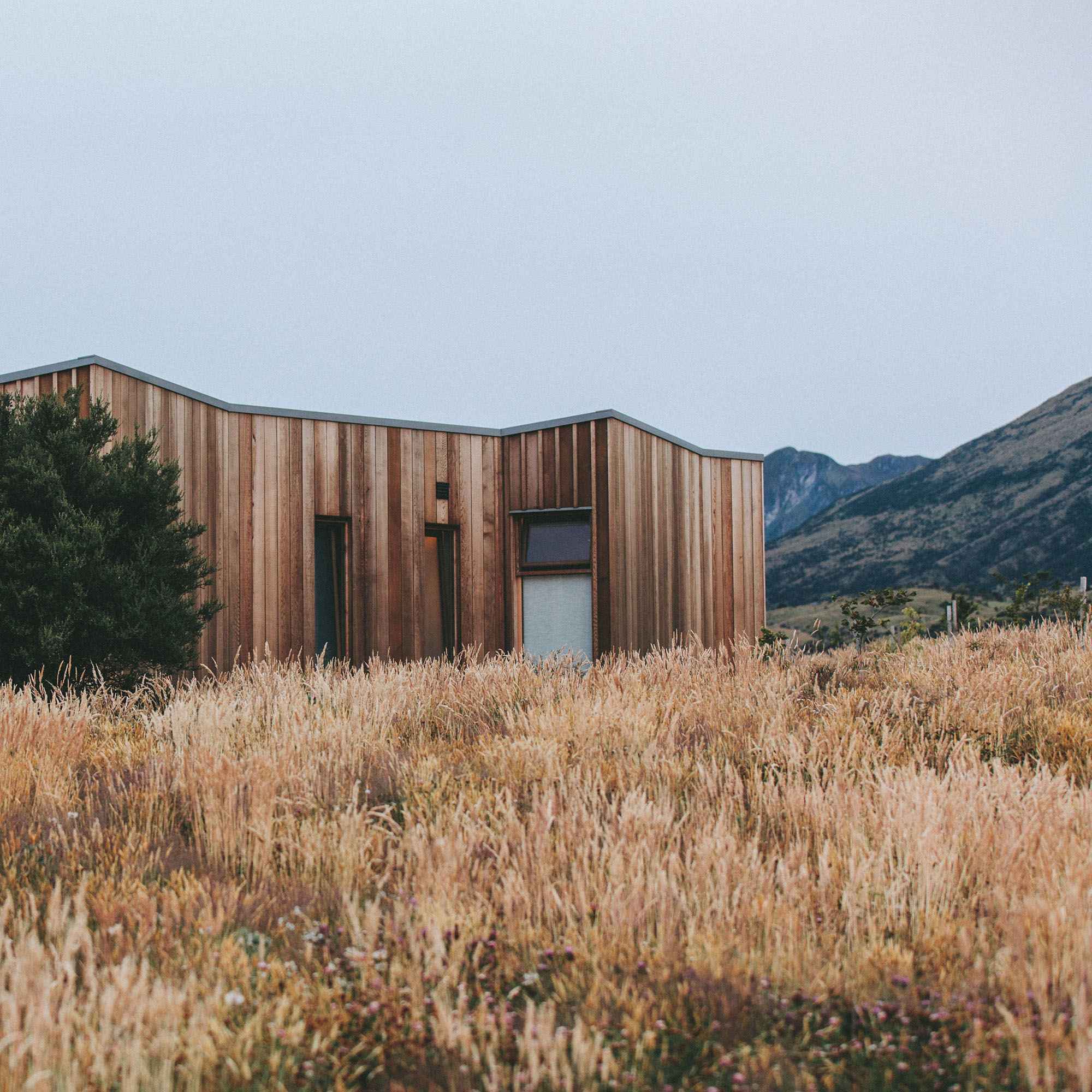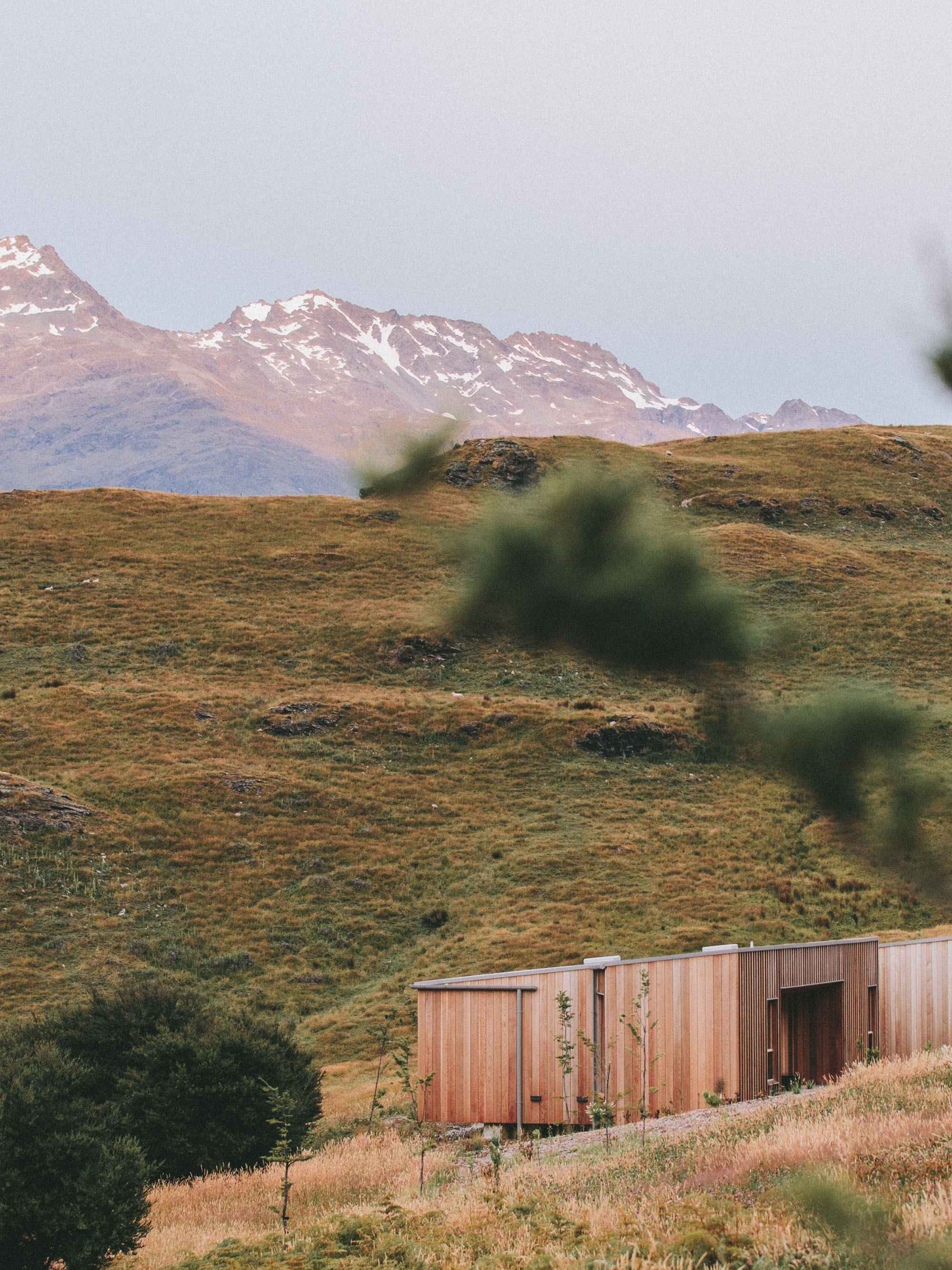MH: Do you come from an artistic background, or did you discover creativity on your own?
SM: My father worked as an engineer but in his free time he was always taking photographs, painting with watercolors, and making things in his shop. My parents were both New Yorkers, but they moved to Schenectady before I was born and that’s where I grew up. We visited the city often and they always took me to the museums. They were very supportive of my interest in art and encouraged me to go to art school.
MH: When did you start working with recycled materials? And what was your initial draw to using plastic in your work?
SM: After graduating from high school I lived on a kibbutz in Israel for a year, then I came back and went to Arizona State, where I studied metals, fibers, and craft-based media. I wasn’t thinking about recycling at that point; it was more about learning different processes and the physicality of making things. Recycling plastic evolved out of my interest in composting, which I’ve been doing for a long time. I was always drawn to turning food scraps into soil for my plants.
MH: Your use of recycled plastic inevitably brings an environmentalist slant to your work. Is this part of your conceptual underpinning or is it an unavoidable association?
SM: Yes, recycling is a big concern of mine. I don’t like to buy things and I don’t like to shop; I’m just naturally a frugal person and a scavenger. The amount of stuff that we throw away is very disturbing to me, and the idea of recycling is a farce because the majority of our waste sits in landfills. But I don’t want that to be the main thrust of my work. I’m interested in the idea of transforming an object from one thing to another, so if I find a plastic bottle with an appealing shape, I think about how I can incorporate it in a sculpture.
MH: I love that you don’t conceal your medium or make it look too precious; indeed, you don’t pretend that it’s anything but plastic. It brings humor to the work, like when the bottle’s expiration date is visible on a finished piece. Do you think of your work as playful? Ironic?
SM: I definitely think of it as playful. It’s also humorous, even absurd. When I first started the series I was making them into vessels, so the transformation from one vessel to another seemed funny to me. And it was ironic that people thought the work was precious, when it was just a plastic bottle.
MH: Plastic production is one of the largest contributors to climate change; by some accounts, only around 10% is recycled. Does the futility bring some tension to your studio practice? Maybe add fuel to the fire?
SM: I don’t go out and buy the plastics, so I don’t feel implicated in using what already exists. In fact, I feel like in my microscopic way I’m helping the situation by using these objects that would otherwise go into a landfill. I suppose it’s depressing, but I don’t think about that aspect while I’m working. There are some beautiful resins that would give the sculptures a shinier, more glasslike surface than the acrylic mediums I use, but I resist the urge to use them because they’re toxic and terrible for the environment.
MH: What is your connection to the archaic sculptures that inspire you? Do you think about their provenance and research the civilizations that produced them, or is it more about the formal aspects of their creative work?
SM: It’s both. First, I’m drawn to them for their formal qualities – maybe the overall form is interesting, or a detail stands out – something will grab my attention. Then I research how they were used and by whom. Lately I’ve been looking at the relationship between the Egyptian and the Chinese funerary models at the Met. The glimpses of everyday life that these models depict are fascinating, and they are so beautifully constructed. They make those ancient societies come to life.
MH: When you’re deeply involved in a piece and working on the forms, do you feel a connection to the artisans who originally produced them? Is there a sense that you’re tapping into the primal source or energy that inspired the original makers?
SM: Definitely. I feel that my role as an artist and maker of objects connects me to a long lineage of artists and makers. If, for example, I look at an Etruscan bronze horse versus an actual horse, I have a better appreciation of how those artists abstracted form. And I’m aware that I don’t fully understand who made these objects or for what purpose. I’m comfortable with the element of mystery. I know that I’m projecting my contemporary understanding and values onto these pieces and the people that made them, but what else can I do? Art is always interpreted by the viewer.
MH: It's interesting that an artist looks at a horse and sees a series of stylized lines, then a millennium later another artist looks at a horse and sees completely different lines and forms.
SM: Exactly, and that’s what I love about studying this. There are specific ways of abstracting a form that become characteristic of a time and a place, and then a similar style begins to show up in another civilization, continents apart. It’s fascinating how these related forms and patterns will appear in distinctly different cultures, like ancient Iranian and Native American.
MH: I’m curious about the ornate appearance of many of the ancient works. Do you think excessive ornament is an indication of an affluent culture? Presumably there was not only the wealth to commission the work, but the leisure time to enjoy it.
SM: I would assume so. We can see the opulence portrayed in Roman frescoes, which is more recent, but the rich patterns and exquisite detail in some of the ancient cultures, as well as the use of precious metals and stone inlay, must have been reserved for the wealthiest. It makes you question who our work is for. We make art because we need to, but if you start thinking about who can afford it and where it ends up, it can be depressing.
MH: It is depressing, but if the popes and pharaohs hadn’t been so fabulously wealthy, and if they hadn’t possessed such bloated egos, we wouldn’t have the Sistine Chapel or the pyramids. It’s a tragic paradox that we often overlook. In our current political climate where there’s a similar imbalance of obscene wealth and egos, do you think it’s possible that some of it will be directed towards the arts?
SM: I don’t think the paradox is overlooked. I think it’s something that is questioned now more than ever. One can’t help but think about the paradox when looking at the vast collection of art at the Vatican Museum – didn’t Jesus preach against material wealth? During the time of the robber barons, the discrepancy between the rich and poor was vast but there was an ethos for enriching the community. I’m sure there was a lot of horrible stuff that happened during that time, but we are left with the Morgan Library, the Frick Collection, and the Carnegie Museum, to name just a few. Can you imagine the kind of art that Trump and his anti-art, anti-intellectual acolytes would collect? I think this administration is more aligned with the destructive nature of the Taliban than with robber barons. With his takeover of the Kennedy Center and the Smithsonian, I fear this is just the beginning. So, to answer your question, no, I don’t think any of the Trump/Musk wealth will be directed toward the arts.
MH: Your work is often very stylized, with curvilinear lines and arabesques that most often adorn the animal figures. Besides the satisfaction of playing around with your medium, do these forms speak to you in some way? Do they feel contemporary to you?
SM: They do feel contemporary. So much of what I’m drawn to is ancient, but my work is also of this time and place. A lot of artists today are looking at art history, and part of being contemporary means that we have access to so much history through our databases. If I see something I’m drawn to, either in a book or museum, I can easily mine databases and discover where I can find similar objects to draw information from. It’s so easy to cross-reference. I’ll be looking at pictures of ancient horses online, and then my Instagram feed fills up with reels of horses. It makes it convenient to look more closely at the back of the hoof, the graceful curve of a leg.
MH: Is elegance contemporary?
SM: It’s an interesting question, and I think I unconsciously struggle with it a lot. I spend an infinite amount of time trying to get the exterior line of a sculpture to be elegant and look just right. Then I look at other artists’ work and it’s so expressionistic, with little regard for proportion or elegance, and I think, why can’t I do something like that? I love the crude quality of their work, so why does mine have to be so refined? But we have to follow our own impulse, which for me is to make something that has a beautiful, elegant line that’s inspired by looking at ancient works.
MH: It sounds like there’s a fine line, where you want to bring the piece to a certain level of refinement, but not too far. You want people to know that this is plastic, this is not precious.
SM: Yes, but there’s also that element of artmaking where it doesn’t really matter what I want. Sometimes there’s the intention to make something look a certain way and then it goes off in its own direction. I’m still steering the ship and making decisions, but something else takes over. It’s that feeling in my gut that this is not finished, that doesn’t feel right, so I keep working on it until it feels resolved.
MH: It’s like an itch that you can’t stop scratching, and it takes over your life.
SM: Haha. Yes, it’s painful and ridiculous.
MH: Where do you find the most joy in your practice: working on a piece and bringing it to formal resolution, or completing it and reveling in the finished sculpture? Or is it all of a piece?
SM: For me, the making of it is everything. It’s the handmade quality, the mark of the maker, which makes or breaks a piece, otherwise it’s just a concept. For some people that’s not very contemporary, but the art world’s current interest in craft seems to favor the handmade. As far as the finished piece, even when I get something that I really like, that lasts for about two seconds, then I think I could make it better, or I second guess and think it may be too corny. I like the process of being in the midst of making something.
MH: Even when you’re struggling? I feel like the struggle is great fun once it’s in the rearview mirror.
SM: Yes, but at this point I’m used to that. Sometimes it’s a good struggle, with all its ups and downs. Like when I go to bed thinking that a piece I’m working on is horrible, then the next morning I go into my studio and it looks pretty good. I have to just keep going.
MH: Do you think making art is important in these difficult times? The obvious answer is yes, but seriously, what do artists contribute to the human race at a time when we’re facing environmental devastation and humanitarian crises?
SM: That’s always the question, right? I struggle with it, but I know that I’m not going to be any good to society if I stop making art. It’s not as though I’m going to do some other thing that’s more useful. We contribute in the ways that we can, and when times are hard, people need things that are uplifting. Art can make us reflect more deeply as a society; it can be a spiritual practice, an enlightening practice, something bigger than ourselves.
MH: Looking at art is also a way to remind us of who we are, especially when times get dark. If you look at a painting by Goya, you see the best and worst of humanity, but it’s the artist’s compassion that comes through. It’s what we relate to and who we are.
SM: Right. We can connect to other people through their hard times by looking at their art. So much of the art that was made during times of struggle reflects that time, overtly or covertly, but still there’s some expression of humanity. So yes, I think now more than ever we need art in these dark times.
MH: Conversely, do you think the current crisis in leadership benefits our studio practices in some perverse way? I wonder if the threat of authoritarianism has the potential to make us stronger, insofar as it gives us something solid to push up against and double down on our work.
SM: I wonder about that, because I don’t think the people currently in power care about the continuation of art. In the early days it was about artists getting together and building community with like-minded people, with little regard for creating marketable work. If the art market tanks under this administration, there could be a resurgence of this kind of experimentation and underground art movements.
MH: No human likes to think that their work is in vain; likewise, no artist wants to be painting seascapes on the Titanic. Has a sense of futility begun to corrode our efforts to make meaningful work? Or are our studio practices an essential part of the resistance?
SM: I think what we do as artists is a resistance, because we’re not giving in to the current political agenda, which is about giving wealthy people more breaks. Why save all this money through cuts to humanitarian programs? What purpose is it if we don’t put it back into society, if we don’t put it toward doing good? So if we can do good through our art, then yes, I think it’s a resistance. It’s a way of bringing positivity to the world, but it’s also a way to place ourselves within the context of the current political crisis. It helps us to move forward when we see this as a passing moment in history.
MH: Most artists believe that their work has meaning and that they’re contributing to a vision larger than their solitary studio practices. How do you regard your practice as it relates to other artists, and to our collective contribution to the planet? To humanity?
SM: I love going to talks and hearing about other artists’ work and process, because it always sounds like they’ve figured it out and have all the answers. But every artist I talk to finds their process to be a little ridiculous. Everyone’s in their studio trying to figure it out and that creates a wonderful sense of community, which is huge to me, the feeling that I’m not alone. I also feel that way when I go to galleries to see what’s out there, what artists are doing and what they’re thinking.
MH: What’s the best part about being an artist?
SM: I love that we can learn so much through our processes and by following our interests. For me, the research aspect of my work is endlessly fascinating. Within the solitary process of the studio life, I’m in conversation with a community that transcends time and space. Being an artist makes me more engaged in the world. And just being in the studio trying to understand and build my work is fun, interesting, challenging, and thoroughly engaging. It’s everything.























